Chances are, you’ve heard of AFib — even if you didn’t quite know what it was. But understanding AFib is important, as is recognizing its symptoms. That’s because AFib can be quite serious.
It’s also more common than you might think. AFib is a type of heart rhythm problem that affects as many as 2.3 million U.S. adults. Learn more about this condition and what you can do to spot it.
 Beating out of sync
Beating out of sync
In AFib, the heart’s two upper chambers beat out of rhythm and too fast. The problem is caused by the heart’s own built-in electrical signals. Normally, these electrical pulses prompt the heart to squeeze and relax in an orderly fashion to allow blood to move through the heart. But with AFib, faulty electrical signals cause the heart’s upper chambers to beat irregularly.
This malfunction can cause symptoms like:
- Palpitations, which can feel like racing, thumping or fluttering heartbeat
- Chest discomfort or pain
- Lightheadedness
- Feeling tired more easily or short of breath, especially with physical activity
- Dizziness or fainting
Understanding AFib risks
AFib can lead to heart failure or other medical complications. It can also be caused by other existing heart problems. But the biggest risk with AFib is stroke. People who have AFib may be five times more likely to have a stroke than those without AFib. But why is that?
Because AFib also weakens the heart’s contractions, blood is likelier to slow down and pool inside the heart. And when blood pools, it’s more likely to form clots. If a clot travels from the heart to the brain, it could trigger a potentially disabling stroke.
Getting checked and treated
If you think you might have AFib, tell your doctor. They may be able to diagnose it with an electrocardiogram (EKG) test. And if you do have AFib, treating it may help you feel better, as well as lower your stroke risk.
AFib treatment options may include:
- Medicines to prevent blood clots, regulate your heart rate or restore your heart’s normal rhythm.
- A procedure, called cardioversion, which delivers a mild electric shock to normalize the heart’s rhythm.
- Ablation procedures, which can sometimes cure AFib by destroying the heart tissues that send abnormal electrical signals.
- Surgery or a pacemaker, in some cases.
Adventist Health Portland’s Northwest Regional Heart & Vascular has a team of heart rhythm disorders specialists serving patients in Portland and McMinnville,
Taking care of your ticker
Being aware of AFib and its symptoms is important. But it’s just as important to know how to help keep your heart healthy overall. Here are some steps the American Heart Association suggests:
- Get a checkup. Talk to your doctor about your heart and stroke risks, especially if you’re over 40.
- Eat right. Build a healthy diet around fruits, veggies, whole grains, beans and nuts, lean meats, and fish. Limit how much sodium, added sugars and artery-clogging saturated and trans fats you eat.
- Exercise regularly. Aim for at least 150 minutes of weekly exercise, such as brisk walking or cycling.
- Manage high blood pressure, high cholesterol or diabetes, if you have them. Follow your doctor’s advice about lifestyle changes and medicines, if prescribed.
- Don’t smoke. If you need help quitting, tell your doctor.
Know your nutrients
Essential vitamins and minerals help support many areas of health, including heart health. Be sure you’re getting the good stuff your body deserves.

